In 1940, Peder Vilhelm Jensen-Klint completed the Grundtvig’s Church in Copenhagen’s Bispebjerg district. The structure is a rare embodiment of Expressionist architecture, a style known for its emotional intensity and dramatic forms. Merging traditional Gothic influences with modernist ideals, Grundtvig’s Church is a tribute to N.F.S. Grundtvig, a pivotal figure in Danish culture and education. Its soaring vertical lines and the extensive use of yellow brickwork create a visual spectacle that is awe-inspiring and deeply symbolic, reflecting a unique blend of spiritual reverence and innovative design.
Grundtvig’s Church Technical Information
- Architects: Peder Vilhelm Jensen-Klint
- Location: Copenhagen, Denmark
- Topics: Church, Brick, Expressionism
- Dimensions: 76 x 35 meters
- Height: 49 meters
- Completion year: 1940
- Images: © Roberto Conte, © Flemming Ibsen, © seier+seier
Grundtvig’s Church Photographs
Brick Expressionism and Gothic Influences in Grundtvig’s Church
Jensen-Klint’s design for Grundtvig’s Church is a synthesis of architectural styles. In preparation for the project, the architect studied many Danish village churches, particularly those on the island of Zealand with stepped gables. Their traditional building techniques, materials, and decoration inspired his design. Klint merged the modern geometric forms of Brick Expressionism with the classical vertical of Gothic architecture.
The most striking feature of the building is its west facade. It includes the 49 m (160 ft) tall bell tower. The imposing facade, with its strong verticality, guides one’s eyes towards the sky. The bottom half of the tower is simple brick while the upper reaches present the appearance of one solid, rippling surface.
Klint decorated the nave with a version of the stepped gables typical of Danish churches, reinterpreted by doubling the apex. The nave was designed with generous dimensions: the triple-aisled hall church is 76 m (259 ft) long in total and 35 m (115 ft) wide, and the nave is 22 m (72 ft) high.
The interior, inspired by Gothic architecture and comparable in size to Copenhagen Cathedral, fits a congregation of 1,800. Some six million yellow bricks, a typical Danish building material, were used for the tower. In its floor plan, the interior resembles that of a typical Gothic church with a nave, two lateral aisles, and a small transept. Its proportions are also Gothic: a long, narrow nave, an extremely high ceiling, columns that rise to pointed arches, and ribbed groin vaults above the nave and aisles. However, the yellow brick and the lack of ornamentation contribute to the Gothic verticality while adhering to the minimalist modern aesthetic.
The scheme also included the construction of several buildings collectively known as On the Hill (da. På Bjerget) on each side of the Church, placing it in a symmetrical context to enhance its visual impact. Designed by Jensen-Klint in collaboration with Vilhelm Wittrup, Charles I. Schou, and Georg Gøssel, the buildings contained the parish hall and apartments and were built from 1924 to 1926.
A long tree-lined road leads through Bispebjerg cemetery directly toward the Church and the flanking buildings, creating a viewing axis similar to those of the Baroque period.
Grundtvig’s Church Plans
Grundtvig’s Church Gallery


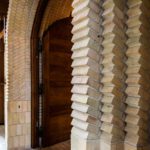

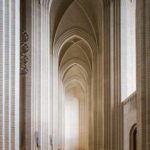
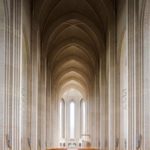
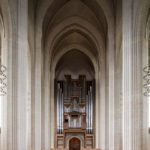
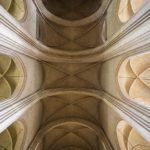
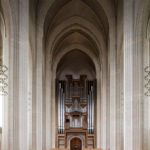
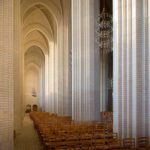
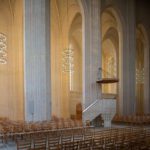
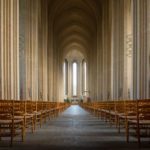
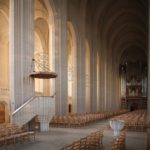
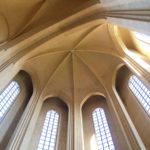
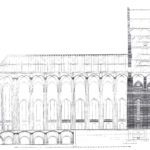

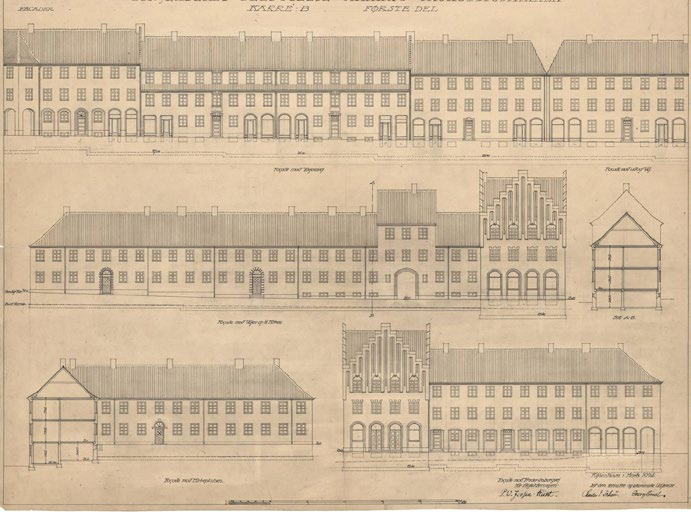
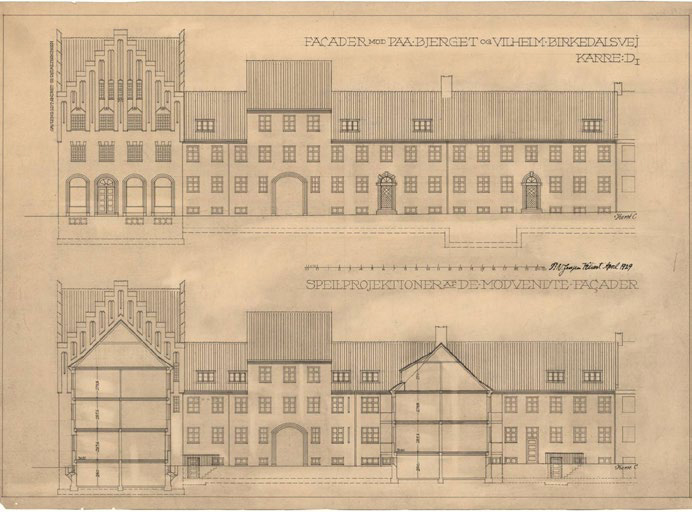
About Peder Peder Vilhelm Jensen-Klint
Peder Vilhelm Jensen-Klint (21 June 1853 – 1 December 1930) was a Danish architect, designer, painter, and architectural theorist. He is best known for designing Grundtvig’s Church in Copenhagen, which is generally considered to be one of the most important Danish architectural works of the time. Its Expressionist style relies heavily on Scandinavian brick Gothic traditions.
Jensen-Klint was the father of fellow architect Kaare Klint, who assumed responsibility for completing work on Grundtvig’s Church after his father died in 1930.
*** The original article was published in ArchEyes in October 2016.

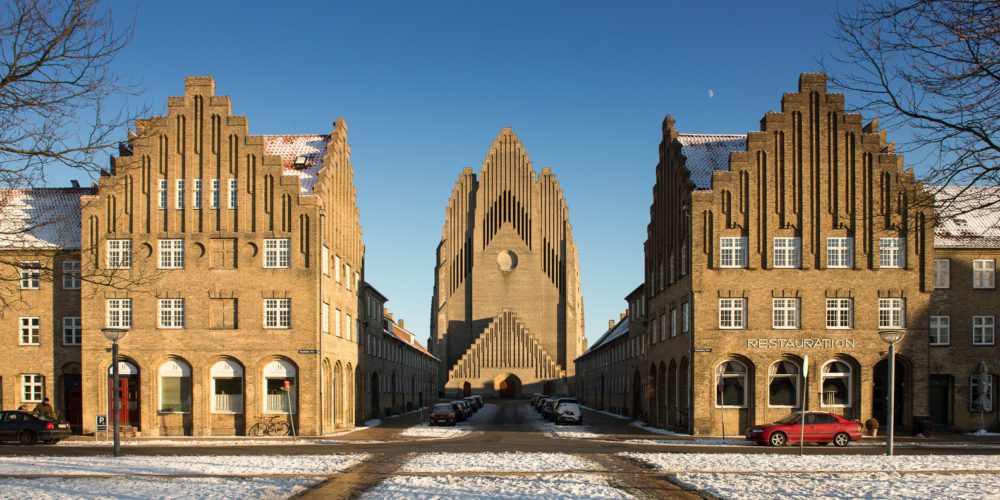

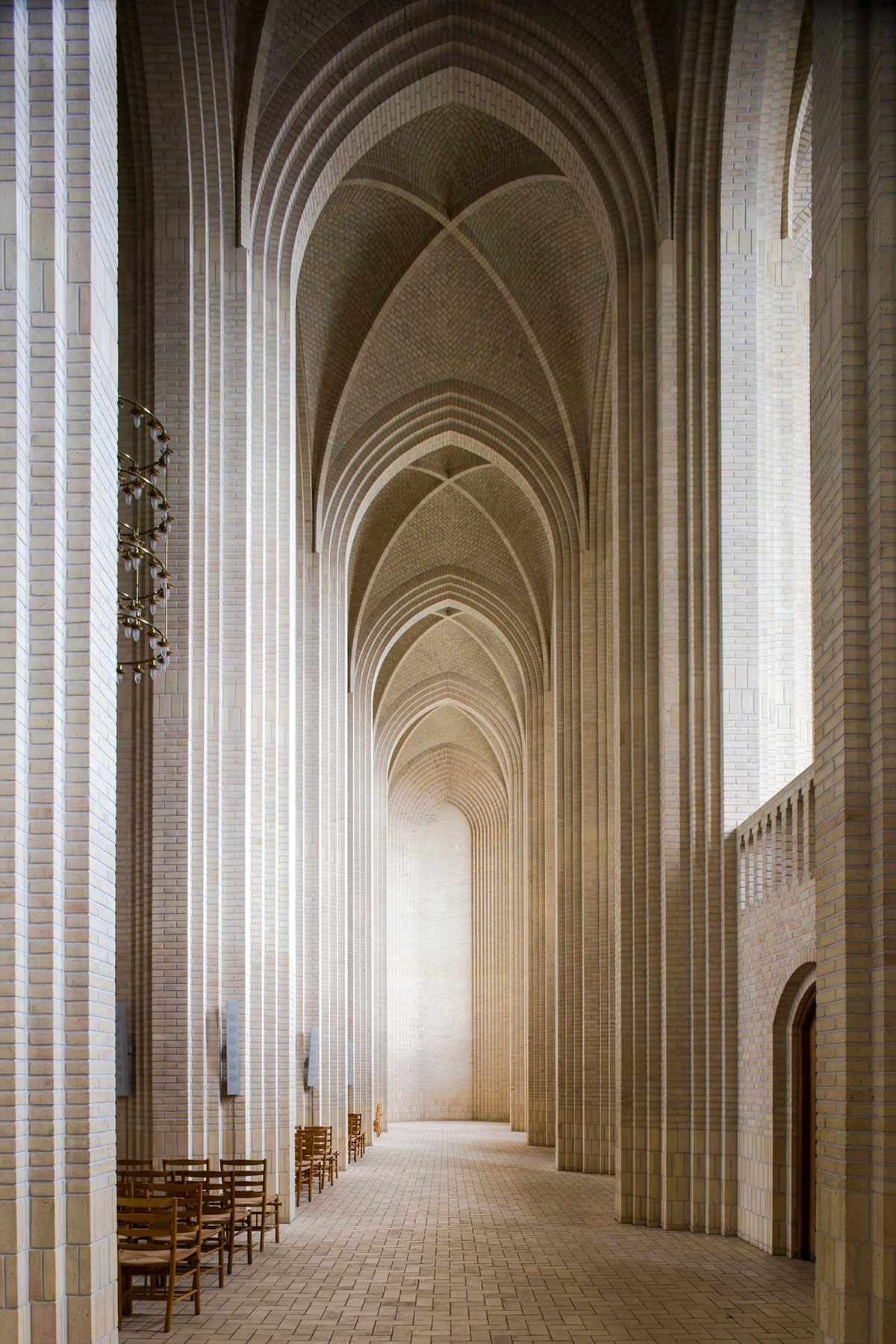
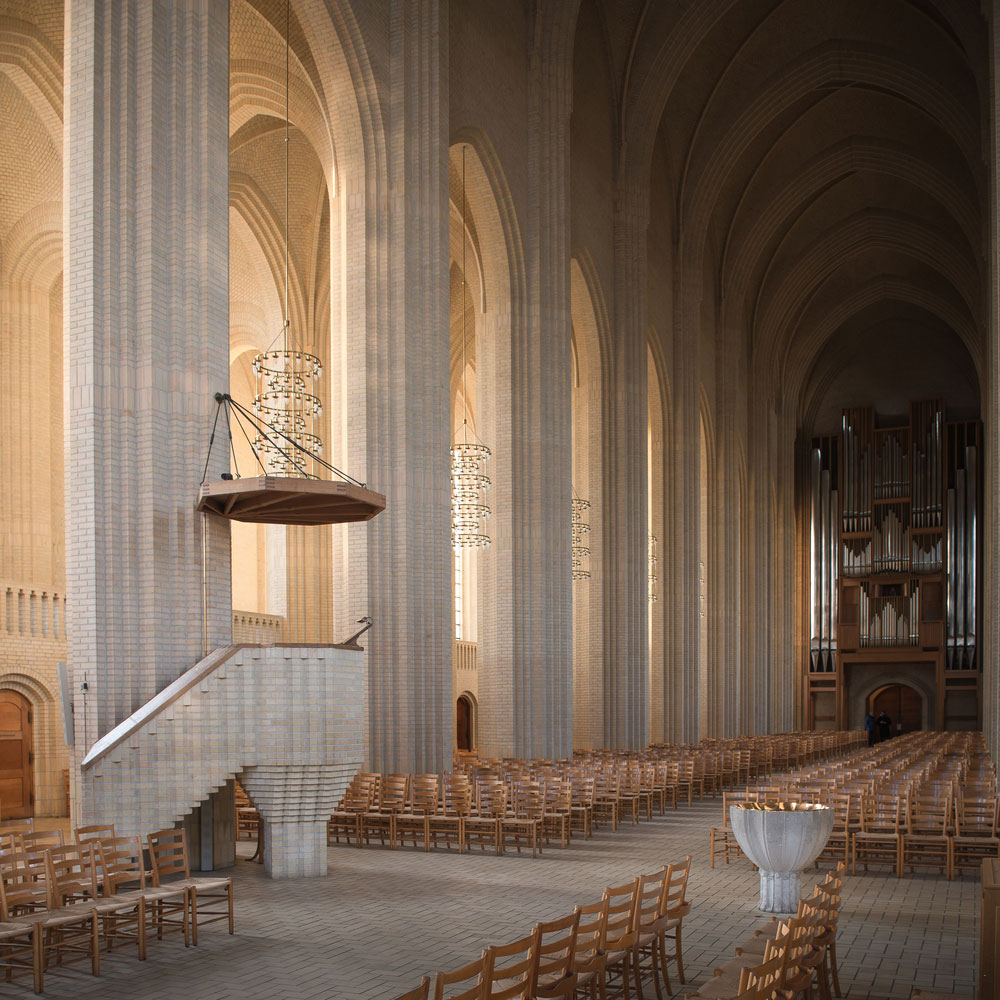

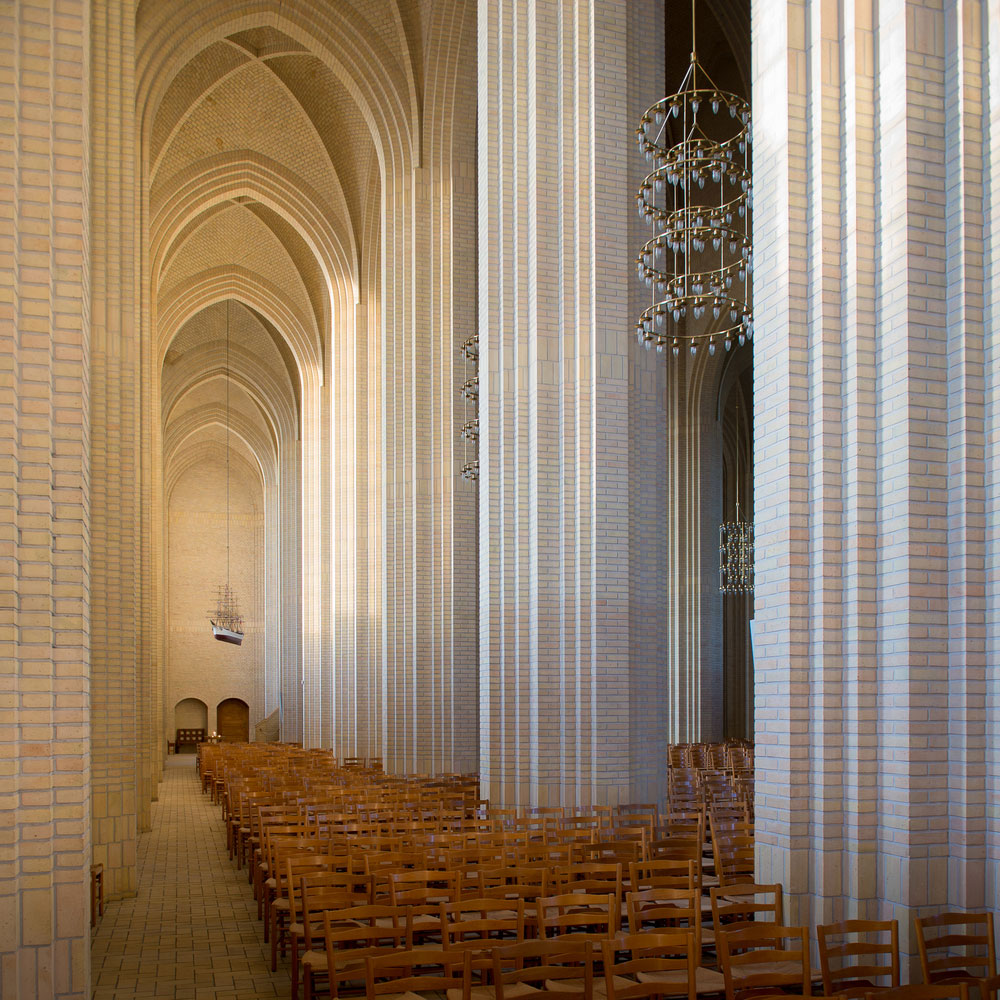

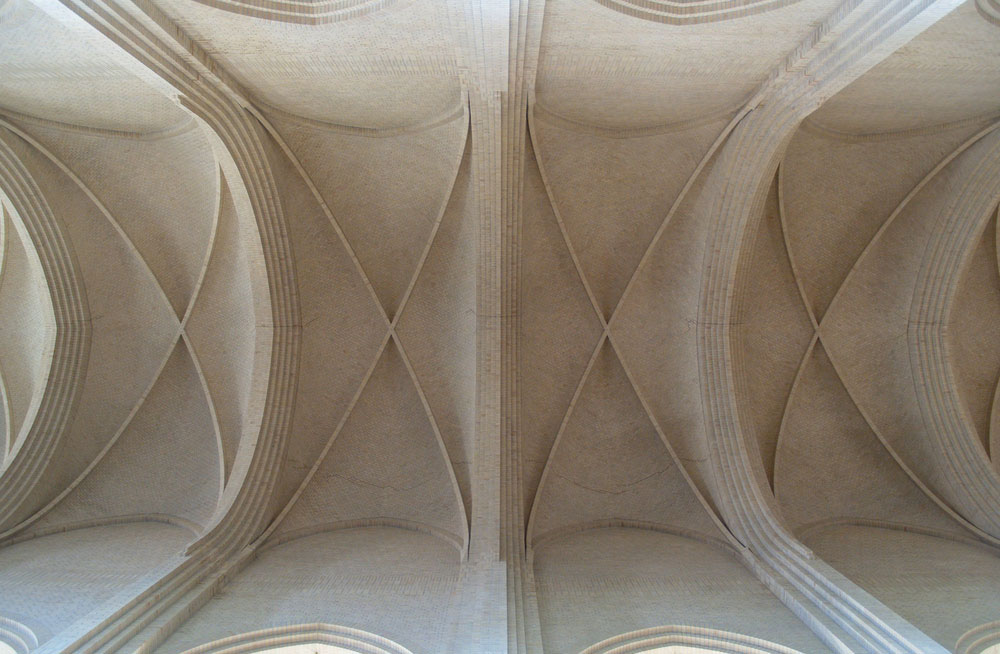


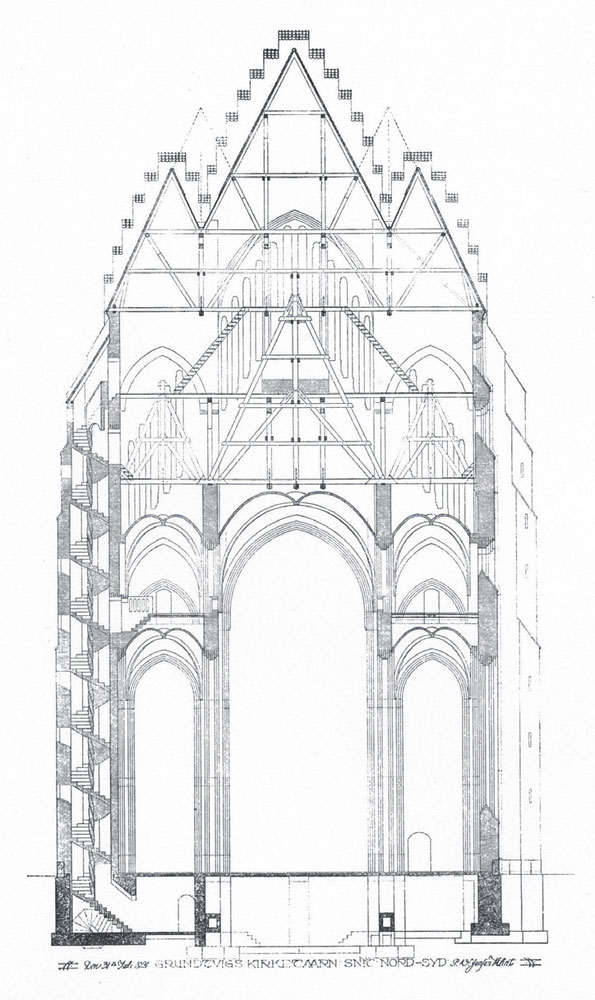

amazing brickwork – great building!